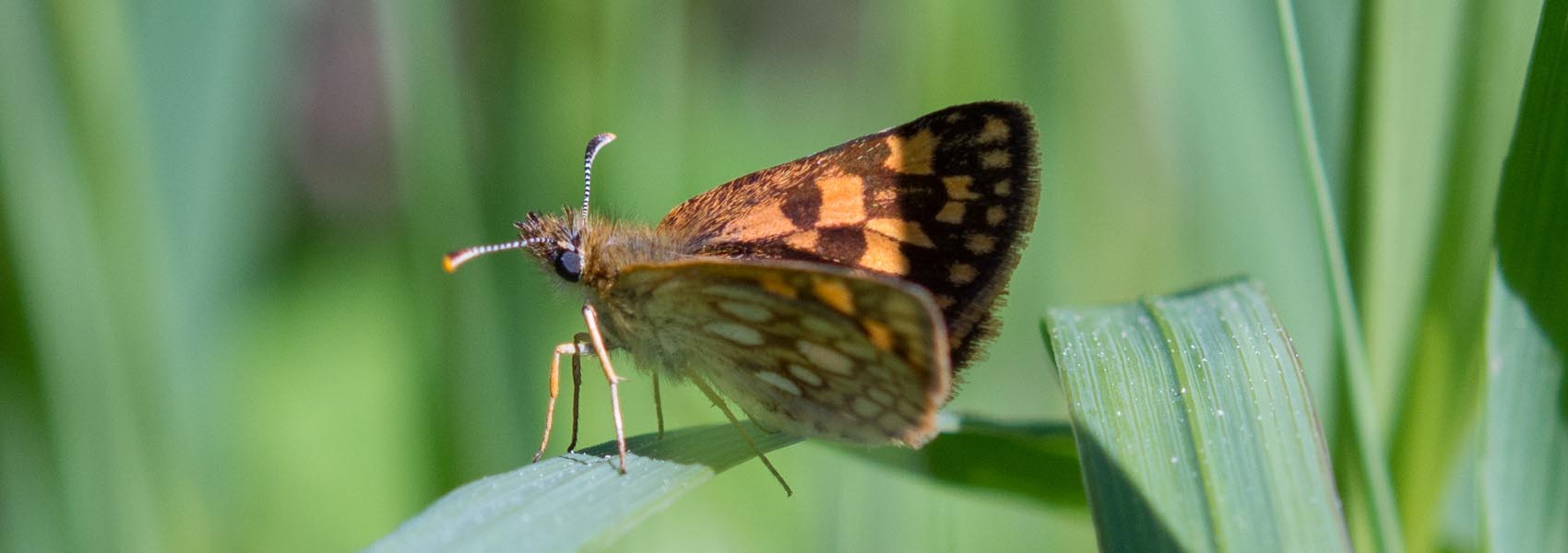A 10-Year Strategy For Preserving The Parks System
Alberta’s parks preserve landscapes, biodiversity, natural features, cultural history and outdoor experiences that represent our province.
Currently, the parks system includes more than 470 sites, covering more than 27,500 square kilometers. These lands encompass all six of Alberta’s natural regions. For these reasons, parks are invaluable natural laboratories for the natural sciences. Parks serve as local, regional and provincial reservoirs of biodiversity and are representative examples of Alberta’s diverse landscapes and geologic history. Reference sites from which to assess the effectiveness of management strategies applied to the broader landscape.
Both Eagle Point Provincial Park and Blue Rapids Provincial Recreation Area (together with the Eagle Point – Blue Rapids Park System are co-managed by the Eagle Point-Blue Rapids Parks Council along with Alberta Parks under a joint management plan.
Not only are parks great conduits for the natural sciences, but they are also special places where people of different ages, backgrounds, and experiences gather to interact with nature and each other. Some parklands have been used in this manner for thousands of years. Today over 8.5 million visitors use the parks system annually. This provides economic benefits to local communities and a wide range of industries. The cultural and economic values of parks provide invaluable opportunities for geographers, social scientists, and economists to carry out their social science research.
Alberta’s parks inspire people to discover, value, protect, and enjoy the natural world and the benefits it provides for current and future generations. That vision was set by the Plan for Parks, a 10-year strategy.
The legislation that each park is established under defines its classification and provides direction for its management.
Special management attention is focused on the numerous industrial activities that exist in the system. The Eagle Point – Blue Rapids Parks Council has developed a Reclamation Strategy to guide the reclamation of industrial sites and has undertaken several important restoration and reclamation projects.
In order to manage the two parks in an environmentally sustainable manner, the Eagle Point – Blue Rapids Parks Council has conducted many biophysical surveys that can be viewed below.
Biophysical Surveys
Birds, Mammals, Fish, and Plants
Water Birds
Bird Habitats
Mammals
Fish
Plants
Vegetation Surveys
Vegetation Classification
Vegetation Summary
Vegetation Guide
Reptiles and Amphibians
Reptiles and Amphibians
Natural Features
Natural Features


